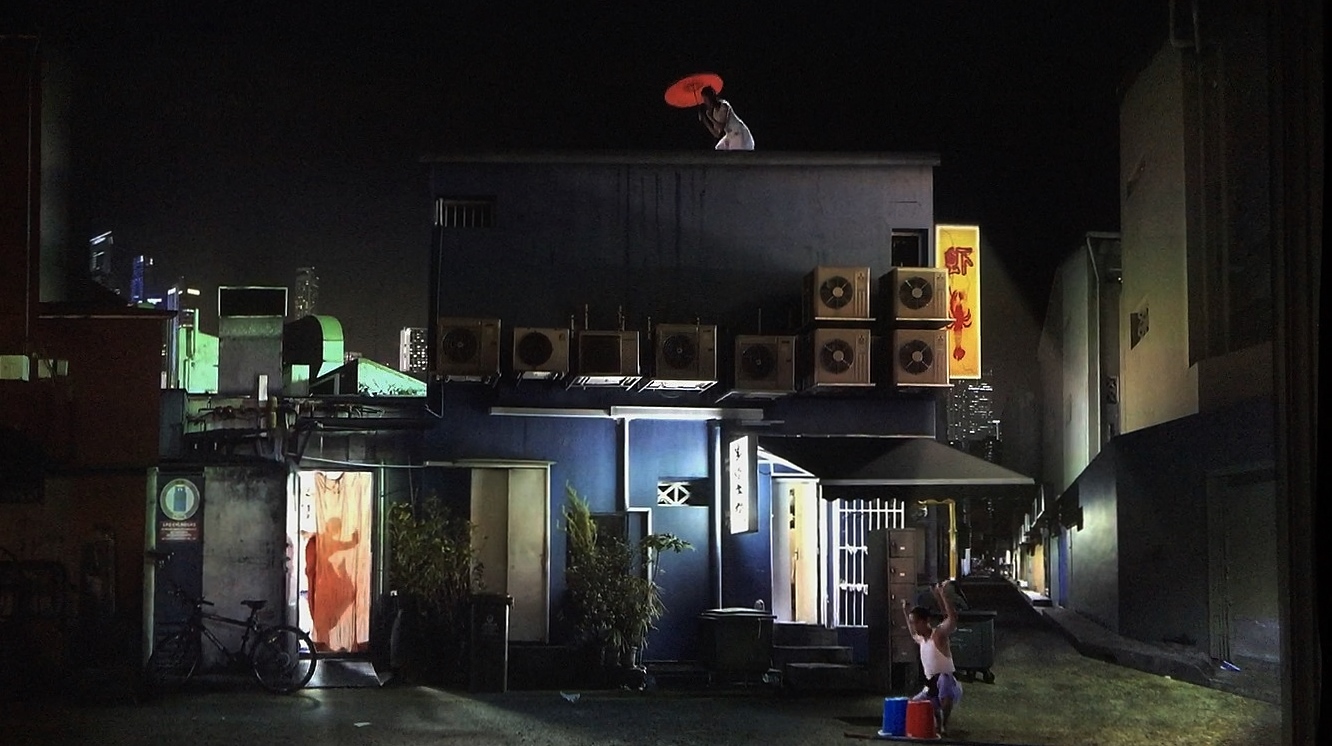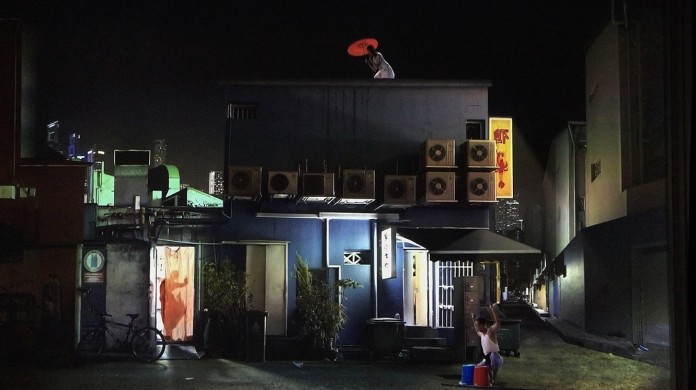SINGAPORE: Imagine being able to stream ‘live’ a Chinese orchestra concert from the comfort of your own home. Or having 3D printouts of precious cultural artefacts available for restoration purposes. Or simply walking into a room to see images from the past come to life in a breathtaking visual projection in a museum.
These are just some of the ways in which digital technology has been used to change the way we engage with culture and heritage today — and an international conference in Singapore is now exploring these possibilities even further.
The two-day event, titled The Digital In Cultural Spaces, opened Wednesday (Dec 7) at the National Museum of Singapore (NMS).
Organised by the Culture Academy Singapore in partnership with Australia’s University of Melbourne, it brings together 20 media, digital and culture experts from six countries to discuss how cultural institutions can remain relevant in the digital age. Among these is media artist Michael Naimark, who is known for his work on projection mapping and virtual reality, and was recently Google VR’s first artist-in-residence.
CULTURE MEETS TECHNOLOGY
In his opening address, Parliamentary Secretary for Culture, Community and Youth Baey Yam Keng pointed out how technology has permeated everyday life, including culture.
“We have seen how digital technologies have enabled both the creation and spread of culture,” he said.
He cited how the Google Cultural Institute has initiated projects that have made access to cultural artefacts and heritage sites easier, such as the Google Art Project and the World Wonders Project.
Closer to home, Mr Baey mentioned the success of the new Roots.sg online heritage portal, which has received 1.2 million views, as well as an ongoing online concert by the Singapore Chinese Orchestra, which viewers can pay for and watch at their convenience.

A still from Singaporean artist Sarah Choo Jing’s video installation Art Of The Rehearsal. It can be seen at the National Museum of Singapore’s new space dedicated to digital media, Gallery10. (Photo: Mayo Martin)
New technologies have also helped in enriching public engagement and building capabilities, with initiatives such as the National Online Repository of the Arts, a database of digitised works by Singaporean artists.
Running alongside the conference is an exhibition featuring efforts by various institutions in the digital sphere. These include a group from the Singapore University of Technology and Design, which is exploring the use of 3D printing to reproduce artefacts, and has made a digital documentation study of Bukit Brown Cemetery. Singaporean artist Debbie Ding is also featuring an interactive map installation featuring anecdotes by the public that revolve around the Singapore River.
NMS’ DIGITAL EFFORTS
The conference coincides with NMS’ recent efforts to go digital. The museum announced the opening of its latest space, Gallery10, which will be dedicated to digital media. The first work on display is a video piece by artist Sarah Choo Jing, which features Indian, Malay and Chinese dance performers.
It follows the opening of the revamped Glass Rotunda, which includes a multimedia installation by Japanese art collective teamLab that was inspired by natural history drawings from the William Farquhar Collection.
Both will be open to the public beginning Dec 10.
“It’s very important for museums to be in the know in terms of technology and innovation,” NMS director Angelita Teo told Channel NewsAsia.
But while museums are always evolving, she added that their collections are always at the core.
“Technology cannot take away the beauty and wonderment that objects give to visitors. Technology can only excite them to want to find out more about these objects.”





